The Zone of Compassion: More Thoughts on the Heart of Coaching
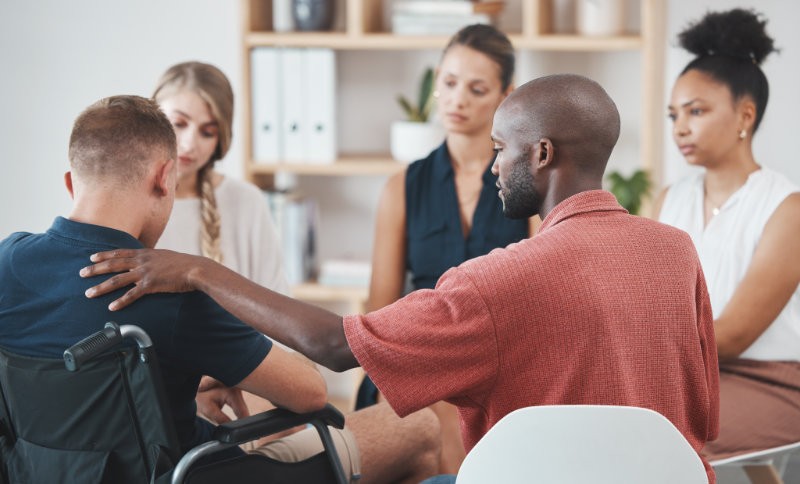
How do we allow ourselves to enter the zone of compassion, and what holds us back from going there? How do we keep our “coherent sense of self” that Erik Erikson talked about intact when we connect with the ‘other’? (Allow me to use the term ‘other’ to refer to a person or persons, clients, or otherwise throughout this piece.).
I took on the question of Compassionate Detachment in a previous blog “Compassionate Detachment” where I shared a portion of Chapter Five from my book Masterful Health & Wellness Coaching: Deepening Your Craft (https://wholeperson.com/store/masterful-health-and-wellness-coaching.html).
“Compassionate detachment is respecting our client’s power enough to not rescue them while extending loving compassion to them in the present moment. Simultaneously compassionate detachment is also respecting ourselves enough to not take the client’s challenges on as our own and realizing that to do so serves good purpose for no one.”
I also explored this subject in my blog “The Quandary of Closeness And Compassion in Coaching”. These blogs looked at Compassion Fatigue, at how we can move from Depletion to Replenishment as a way to recover from such fatigue, the mindset needed for compassion, and more.
The more I consider this subject though, the deeper it is. There is almost a myth in our thinking about compassion that some people buy into – that entering the zone of compassion is not safe. The danger is to feel too much, to connect too completely with the feelings of the other. It is a myth because it does not have to be true.
My Own Compassionate Center
When I am feeling secure in myself, grounded in who I am, more centered in my life, physically and emotionally, I am more able to be compassionate. When I am not, does it feel like I have more to protect? Will connecting with the other appear like a threat to what I have left? So, to access my compassion, to enter that Zone of Compassion, one of the best things I can do is be compassionate with myself and regularly engage in self-care.
One thing that can hold us out of that Zone is the fear that the burden of the other will become too much for me to bear. The Zone of Compassion is joining the other person as an ally, not as a co-owner of the burden that person feels. Compassionate detachment allows us to be there with the other without taking on the burden with them.
Judgment Separates Us
Judgment can be a defense to avoid connecting with the feelings that know compassion. When we judge we instantly separate ourselves from the other person. We put distance between ourselves and them. We may shudder at the thought of being in the other’s predicament, in living a life like theirs, and so we pull back.
In health and wellness coaching it is often easy to spot the self-defeating behaviors that work against our client’s health and wellbeing. We then can quickly move to judge the person’s character, values, etc.
Making a distinction is not the same as making a judgment. We can distinguish between the person and the person’s behavior. We can distinguish between high-risk health behaviors and behaviors that enhance one’s health. The key is what do we do with our awareness in making that distinction. How do we communicate that awareness to the other?
Sharing an Observation
Trust your client to work with what you share with them. When we see someone engaging in some sort of self-defeating behavior, we might simply share what we are observing without judgment. “As you told me about your weekend, I noticed that you mentioned passing up opportunities to connect with others three times?” Such a sentence must be said without a tone that implies judgement. Judgement can slip into our conversation in very sneaky ways! Just share the observation and let your client work with it. If they don’t, refrain from pushing. The time may not be right to explore it. Remember, we are their ally, not their inquisitor.
Empathy as a Conduit of Compassion
Expressing empathic understanding allows the other to feel like they are not alone facing their burden. Empathy conducts connection which allows compassion to be felt. When empathy is transmitted well and received well, it is like there is an infusion of energy into the person receiving empathic understanding. They light up! And often lighten up. Empathy turns on a light that allows a person to often gain a new perspective very different from the one they experienced when they felt all alone in the darkness.
Far too often we reach for the fix-it tool instead of first connecting with the other through empathy. We really want to help, and we try to make things better.
“Because the truth is, rarely, can a response make things better. What makes things better is connection.” Brené Brown
A key to compassion is to imagine it like an image of two people together, standing, or sitting, side by side. If the person expressing compassion projects an image of being above the other, ‘helping’ them, the attempt at compassion will come across like sympathy, not empathy. Compassion is shoulder to shoulder, side by side, heart to heart.
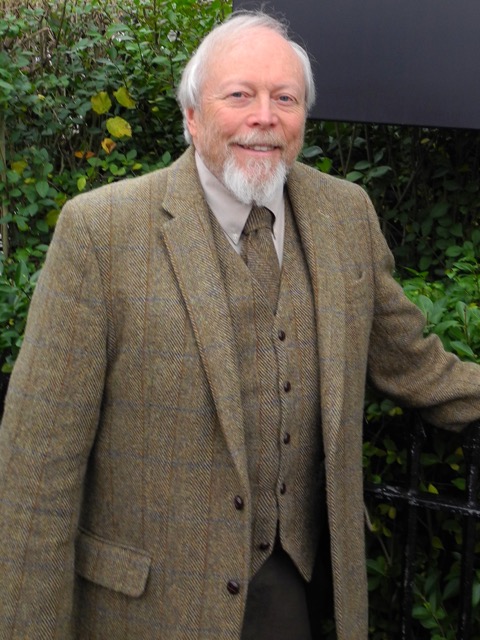 Michael Arloski, Ph.D., PCC, NBC-HWC is CEO and Founder of Real Balance Global Wellness – a world leader in health and wellness coach training (https://realbalance.com/). Doctor Arloski is a pioneering architect of the field of health and wellness coaching. He and his company have trained thousands of coaches around the world.
Michael Arloski, Ph.D., PCC, NBC-HWC is CEO and Founder of Real Balance Global Wellness – a world leader in health and wellness coach training (https://realbalance.com/). Doctor Arloski is a pioneering architect of the field of health and wellness coaching. He and his company have trained thousands of coaches around the world.
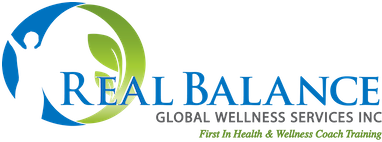

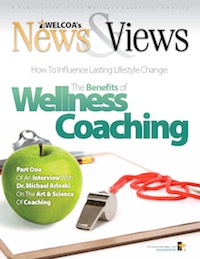



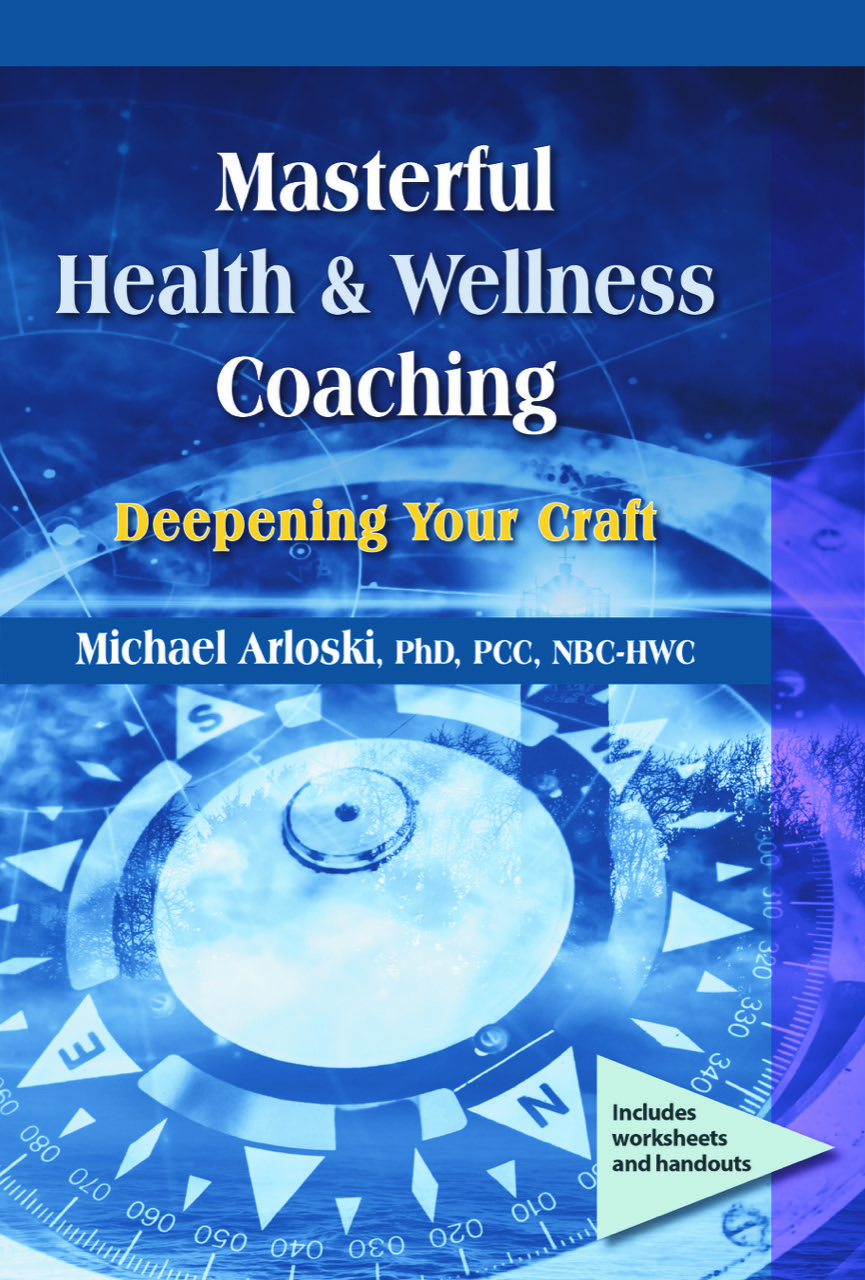
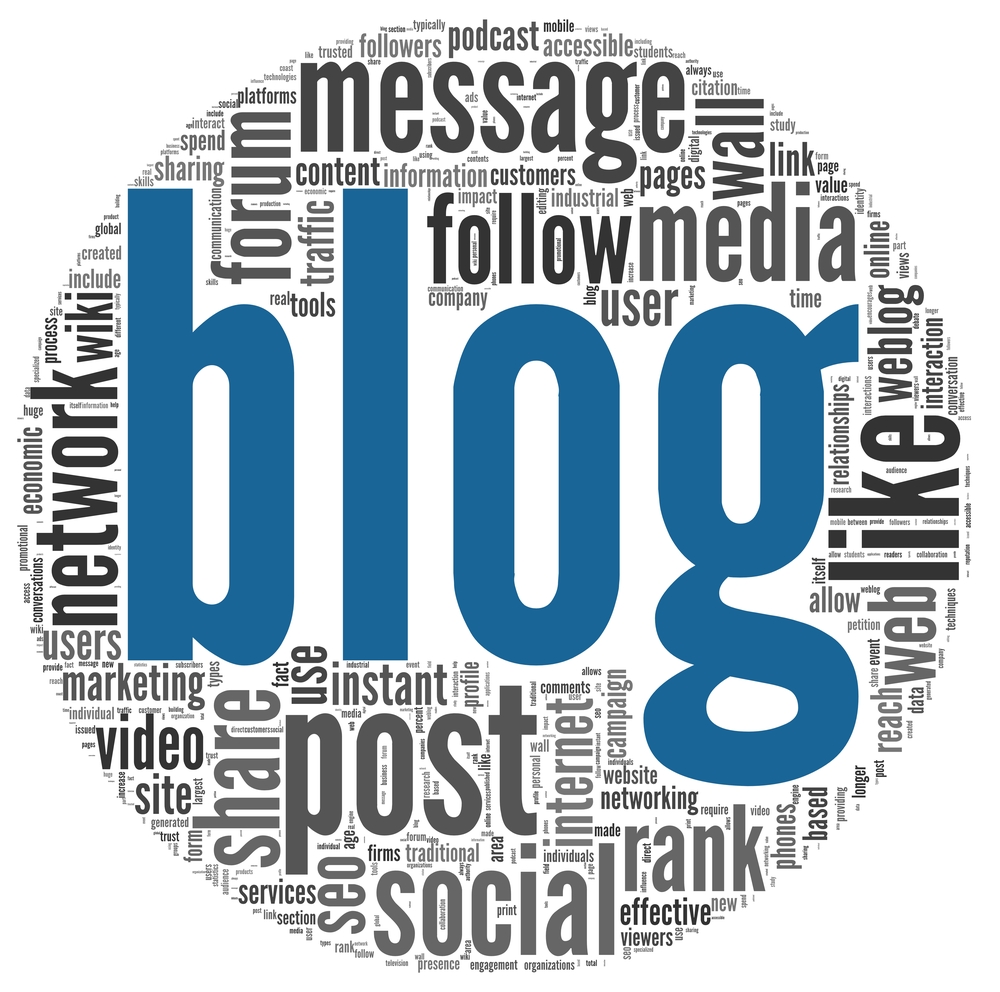
Only registered and logged in readers can leave comments.